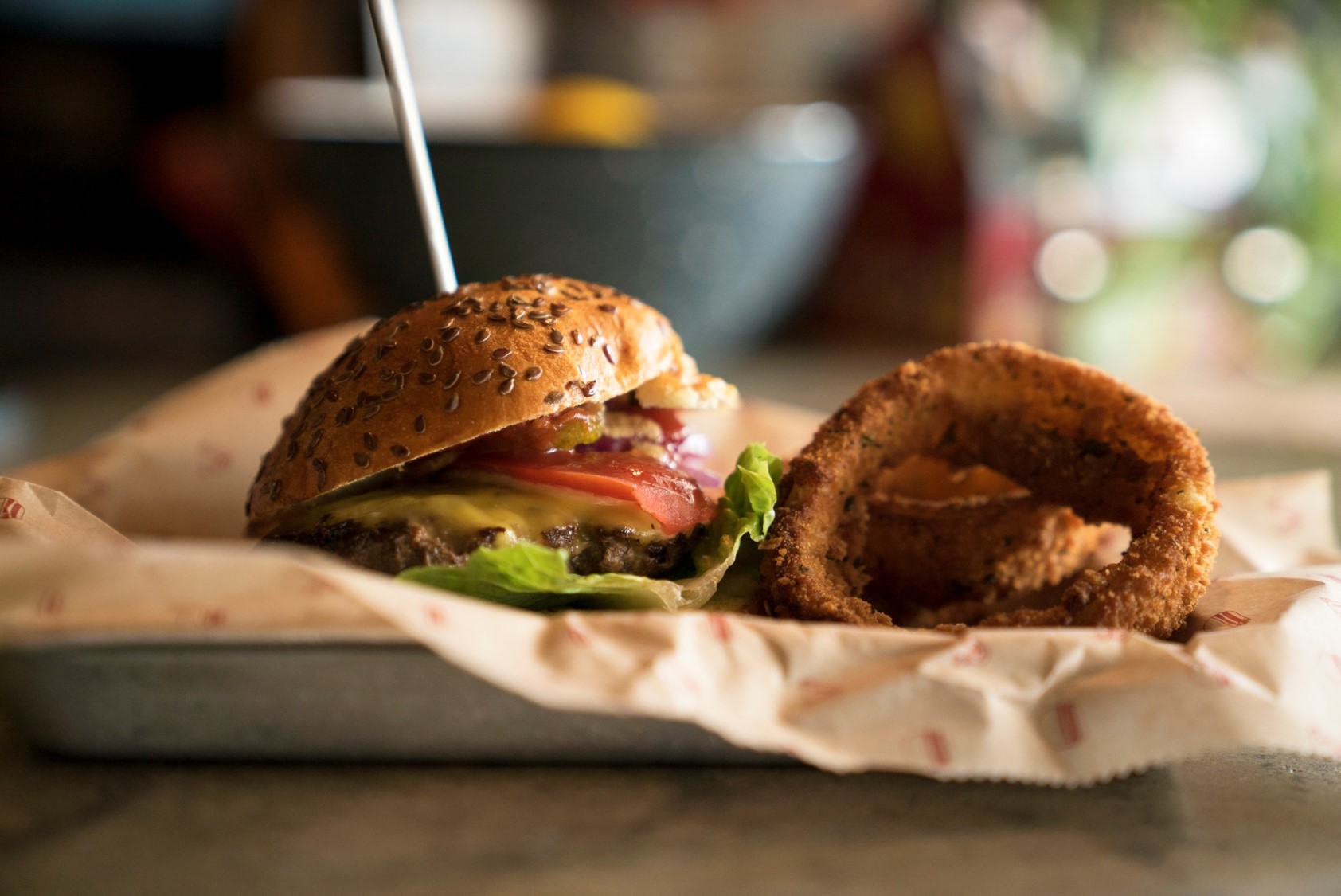AUV Increase
Locations opened in Buxton recommended areas vs. non-recommended areas
Sales Increase
First 6 month performance for locations opened with Buxton
Payback Period
Time to recoup Buxton investment after opening 2 sites based on recommendations
Of all the hot “better burger” concepts in today’s restaurant market, Bareburger is one of the hottest. The New York City-based company started in 2008 with a commitment to serving organic, sustainable, local food. Even in a recession, customers packed the first 1,500 square foot restaurant.
The company capitalized on the momentum and lack of competition in the organic restaurant space to grow quickly through both franchise and corporate locations. With a New York City-based team, Bareburger was confident in its ability to pick the right real estate in its home market. But as the company prepared to expand to new markets, they knew they needed help.
“We didn’t want to only rely on information from real estate brokers, especially in the outer markets,” explains Bareburger CEO Euripides Pelekanos. “We needed some higher-level analytics or tool to start filtering locations and giving us the scientific data on locations to go along with what I would say is gut instinct.”
Buxton’s Solution and Bareburger’s Results
Bareburger partnered with Buxton in 2015. Buxton developed a benchmark site score model to help the company evaluate sites, used the model to conduct a potential analysis that identified Bareburger’s total U.S. growth potential, and provided access to the scoring tool and analysis in SCOUT – a geospatial application in the Buxton Platform.
“If you miss on the real estate, no matter how hard you work and how much energy you put into the food and service, you will not win.”
Bareburger quickly put the analytics to work by helping franchisees to identify the best locations. While franchisees know the history of a local market, they don’t always have insights into demographics, spending patterns, or competition. They are amazed when Bareburger provides them with detailed insights on a proposed site by scoring the location in SCOUT.
The company has also integrated the findings of the potential analysis into its conversations with investors. Investors have welcomed the databacked verification of the brand’s U.S. growth potential.
Bareburger’s investment in analytics has paid off. An analysis of locations opened during the partnership showed that the average AUV for newly opened locations within Buxton’s recommended trade areas was about 17% higher than for those outside of Buxton’s recommended trade areas. The potential AUV lift equates to 6.4% per location per year, and the Buxton investment pays for itself one year after opening two locations within Buxton recommended trade areas.
Additionally, Bareburger locations opened after development of the site selection model have had hot starts compared to prior performance. The average performance of these locations in the first six months was 12.3% higher than that of recent pre-model openings.
Continued Growth with Analytics
As Bareburger faces an increasingly competitive restaurant market, the company remains focused on its mission of opening organic, local restaurants. The company is seeking growth opportunities outside New York City in major population centers and suburbs, and has even opened five international locations through its partners.
Analytics continue to play an important role in the company’s real estate strategy.
“There’s never been really room for error in the restaurant world … and the one thing you can never go wrong on is real estate,” said Pelekanos. “If you miss on the real estate, no matter how hard you work and how much energy you put into the food and service, you will not win. That’s just the harsh truth.”
Given the high value of each real estate decision and the potential to reduce risk with analytics, Pelekanos remarks, “how do you not have a tool like this in your back pocket?”
